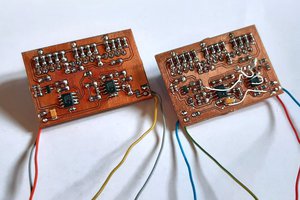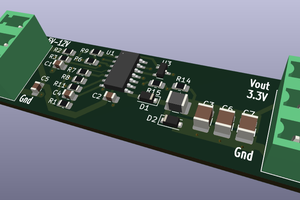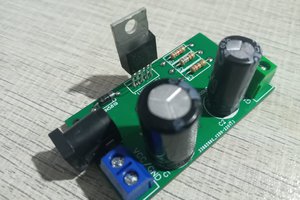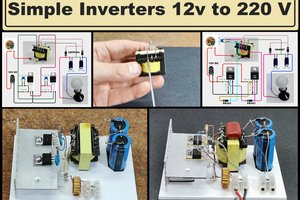How It Works:
A resistive flex sensor is in parallel with a limiter resistor.
The resistive flex sensor increases in resistance when bent, which increases the voltage at the output.
The limiter resistor in parallel to the resistive flex sensor scales the increase in resistance, which also scales the increase in voltage at the output.
There is a series chain of flexible sections, each containing a parallel combination of a resistive flex sensor and limiter resistor.
Different values for a limiter resistor in each section make for several equivalent resistors in series with each other that contribute different increases in output voltage when bent depending on the limiter resistor value.
If individual limiter resistors resistance value in each section of the chain were set to make the limiter resistor value dependent on the distance from the output node,
then, the increase in output voltage would depend on the distance of a flexible section from the output node thus making output voltage depend on the location of the bend of a flex resistor due to the limiter resistor's value depending on location of the bend.
See the diagram/schematic/figure for read rope circuit and the sample results.
 Pablo Antonio Camacho Jr.
Pablo Antonio Camacho Jr.


 ElectronicABC
ElectronicABC
 mircemk
mircemk